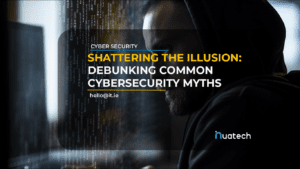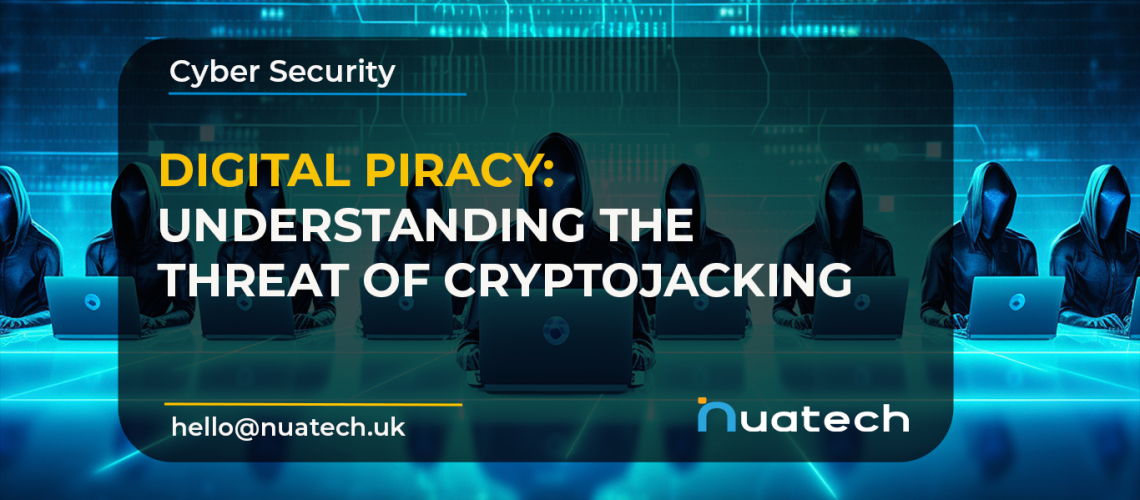

As we venture deeper into the digital era, cybersecurity remains an ever-evolving battleground. One escalating issue that demands our attention is cryptojacking.
The recently released SonicWall Mid-Year Threat report for 2023, warns of a record surge in cryptojacking. In 2022, cryptojacking surpassed 100 million for the first time ever. In the first six months of 2023, attack volumes have not only eclipsed that milestone, they’ve more than tripled it, rising 399% to more than 332 million hits — compared to just 66.7 million during the first half of last year.
This form of digital piracy is a serious threat, and a better understanding of this menace is vital as you strive to protect your assets in the ever-evolving digital landscape. .
The onset of cryptojacking is closely tied to the proliferation of cryptocurrency. As digital currencies like Bitcoin and Ethereum became mainstream, malicious actors saw an opportunity to use others’ computing resources to mine these currencies without consent. This is essentially what cryptojacking is – unauthorised use of a person’s computer to mine cryptocurrency. Crypto mining, as a legitimate process, involves the validation and addition of new transactions to a blockchain, for which miners are rewarded with newly minted coins. However, cryptojackers exploit this process by hijacking devices and systems to mine cryptocurrency illicitly, reaping the financial benefits at the expense of the victims’ computing power and electricity consumption.
The operation of cryptojacking often follows a predictable pattern. In most cases, it begins with an innocent-looking email or website, containing a malicious script. When a user clicks on the link or visits the infected website, the script gets executed on their device, enabling the attacker to mine cryptocurrency using the victim’s computational resources. The insidious elegance of cryptojacking lies in its subtlety. The unsuspecting user may experience slower device performance or an unusual rise in power consumption but remains largely unaware of the illicit activity.
The consequences of cryptojacking extend far beyond slower devices and higher electricity bills. In organisations, cryptojacking can lead to significant downtime, costly repairs, and substantial disruption. Furthermore, it poses a significant risk to the integrity and confidentiality of data, and if customer data is compromised, it can lead to severe reputational damage. If a cryptojacker can access your device what’s to stop other bad actors with even more sinister intent from also accessing, it?
A proactive approach is vital in dealing with cryptojacking. A robust cybersecurity policy, regular system audits, and comprehensive employee training are crucial measures. Solutions, such as advanced antivirus programs with Endpoint Protection & Response (EDR) offer another line of defence.
Keeping software and systems updated is another key step in preventing cryptojacking. Cybercriminals often exploit known vulnerabilities in software, so ensuring you’re running the latest version of your operating system and applications can significantly reduce your risk. Additionally, understanding the fundamentals of crypto mining can help users recognise suspicious activities that may indicate cryptojacking attempts.
When a cryptojacking incident is detected, immediate action is required to limit the damage. Isolate the affected system from the network to prevent the cryptojacking malware from spreading. Engage with your IT Support provider or cybersecurity professionals to clean the system and ensure the threat is fully eradicated.
You should now conduct a thorough investigation to understand how the incident occurred and what measures can be put in place to prevent a recurrence. This could include strengthening security protocols, improving staff training, or upgrading security software.
The future of cryptojacking remains uncertain. With the rising value of cryptocurrencies and increasing digital connectivity, the appeal for cybercriminals is likely to persist. However, as our understanding of cryptojacking grows and cybersecurity measures improve, we can hope to stay one step ahead of the perpetrators.
In conclusion, the threat of cryptojacking is both real and immediate. Understanding its mechanisms, impact, and prevention strategies is crucial for safeguarding our digital space from malicious actors. As people are often the primary targets of cyber-attacks, their actions play a pivotal role in determining the outcome of such attacks. By fostering a culture of cyber awareness, individuals can be better prepared to respond appropriately when faced with potential threats.